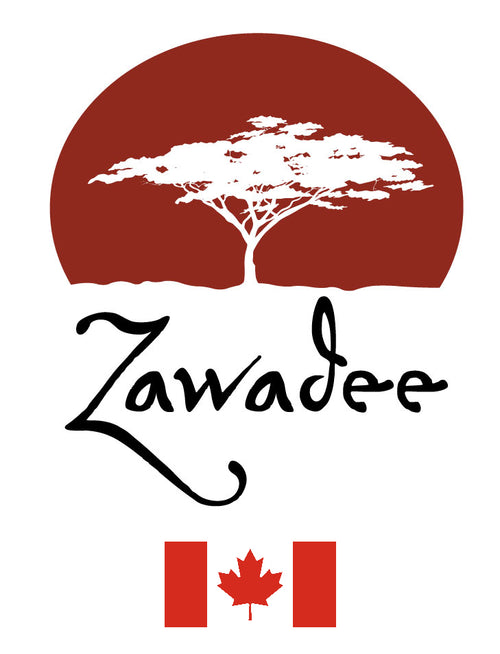Soapstone Carvings by the Kisii People of Kenya
African carvings have become very popular décor items in recent years. With people taking more of an interest in global art forms, and with the rise in popularity of abstract sculptures, this type of art is popping up in homes, offices and galleries across North America.


 The stone is named after the Kisii people of the Tabaka Hills in western Kenya—the only place it is found in the region. The soapstone is a metamorphic rock that consists of the mineral talc. Also commonly referred to as steatite, it is known for being soft and easy to work with.
While the stone was primarily used for domestic purposes such as basketry and pottery, it is now used to create handmade carvings for export. The Kisii people originally used soapstone to carve pots to carry fat, which was later massaged into the skin for protection against the sun and other elements. For many families, these soapstone carvings are their primary source of income as they sell their work in malls, galleries, markets and shops across Kenya.
About the Kisii Stone
The stone is named after the Kisii people of the Tabaka Hills in western Kenya—the only place it is found in the region. The soapstone is a metamorphic rock that consists of the mineral talc. Also commonly referred to as steatite, it is known for being soft and easy to work with.
While the stone was primarily used for domestic purposes such as basketry and pottery, it is now used to create handmade carvings for export. The Kisii people originally used soapstone to carve pots to carry fat, which was later massaged into the skin for protection against the sun and other elements. For many families, these soapstone carvings are their primary source of income as they sell their work in malls, galleries, markets and shops across Kenya.
About the Kisii Stone








Origins of Soapstone Carvings by the Kisii
 The stone is named after the Kisii people of the Tabaka Hills in western Kenya—the only place it is found in the region. The soapstone is a metamorphic rock that consists of the mineral talc. Also commonly referred to as steatite, it is known for being soft and easy to work with.
While the stone was primarily used for domestic purposes such as basketry and pottery, it is now used to create handmade carvings for export. The Kisii people originally used soapstone to carve pots to carry fat, which was later massaged into the skin for protection against the sun and other elements. For many families, these soapstone carvings are their primary source of income as they sell their work in malls, galleries, markets and shops across Kenya.
About the Kisii Stone
The stone is named after the Kisii people of the Tabaka Hills in western Kenya—the only place it is found in the region. The soapstone is a metamorphic rock that consists of the mineral talc. Also commonly referred to as steatite, it is known for being soft and easy to work with.
While the stone was primarily used for domestic purposes such as basketry and pottery, it is now used to create handmade carvings for export. The Kisii people originally used soapstone to carve pots to carry fat, which was later massaged into the skin for protection against the sun and other elements. For many families, these soapstone carvings are their primary source of income as they sell their work in malls, galleries, markets and shops across Kenya.
About the Kisii Stone


- Vases
- Trays and plates
- Bowls and pots
- Decorative sculptures
The Soapstone Carving Process
The carving process is quite involved, and it often includes multiple people. Here are the steps involved in crafting soapstone carvings:- Mining: Local miners dig a large pit by hand, about 50-75 feet in diameter, using picks and shovels. Heavy machinery is not used.
- Selection: Not all stone that is mined is used for the carvings. The miners sort the stone and select high quality materials for the carvings. Selected materials are then immersed in water to make it easier to carve.
- Carving: Carving is done by hand using a variety of tools such as knives, machetes, chisels, and files. Carvings are most frequently done by experienced carvers, with younger carvers often observing and practising their skills to refine their expertise.
- Sanding: The carved soapstone is washed and smoothed using sandpaper. This is most commonly done by women. Multiple grades of sandpaper are used to achieve the proper finish.
- Decoration: Depending on the type of piece being crafted, the piece is either left in its natural state, or it is decorated by adding color and design elements.
- Polishing: The final step is treating and polishing using oils, creating a professional finish and a shine that brings out other subtle features of the carvings.











